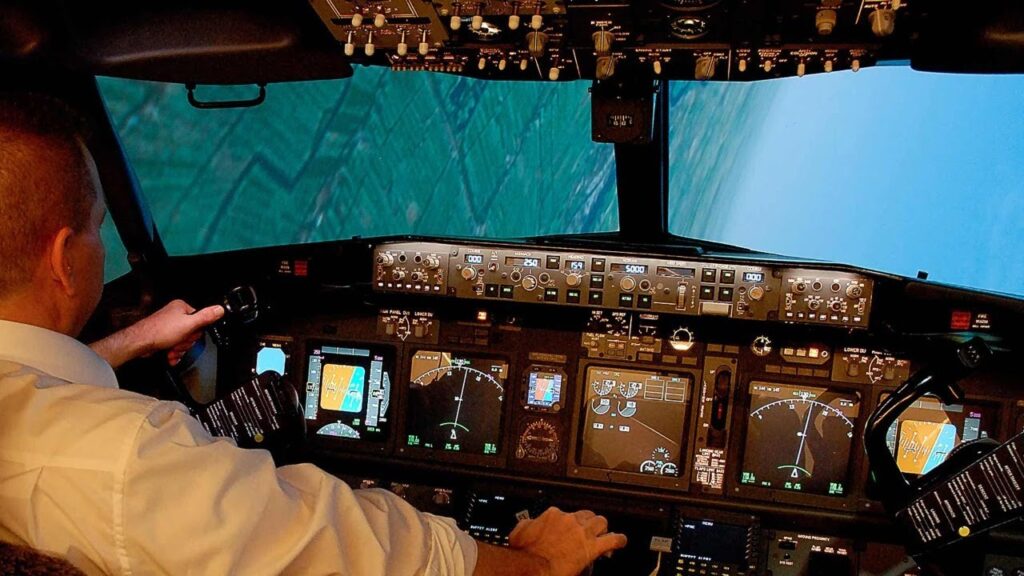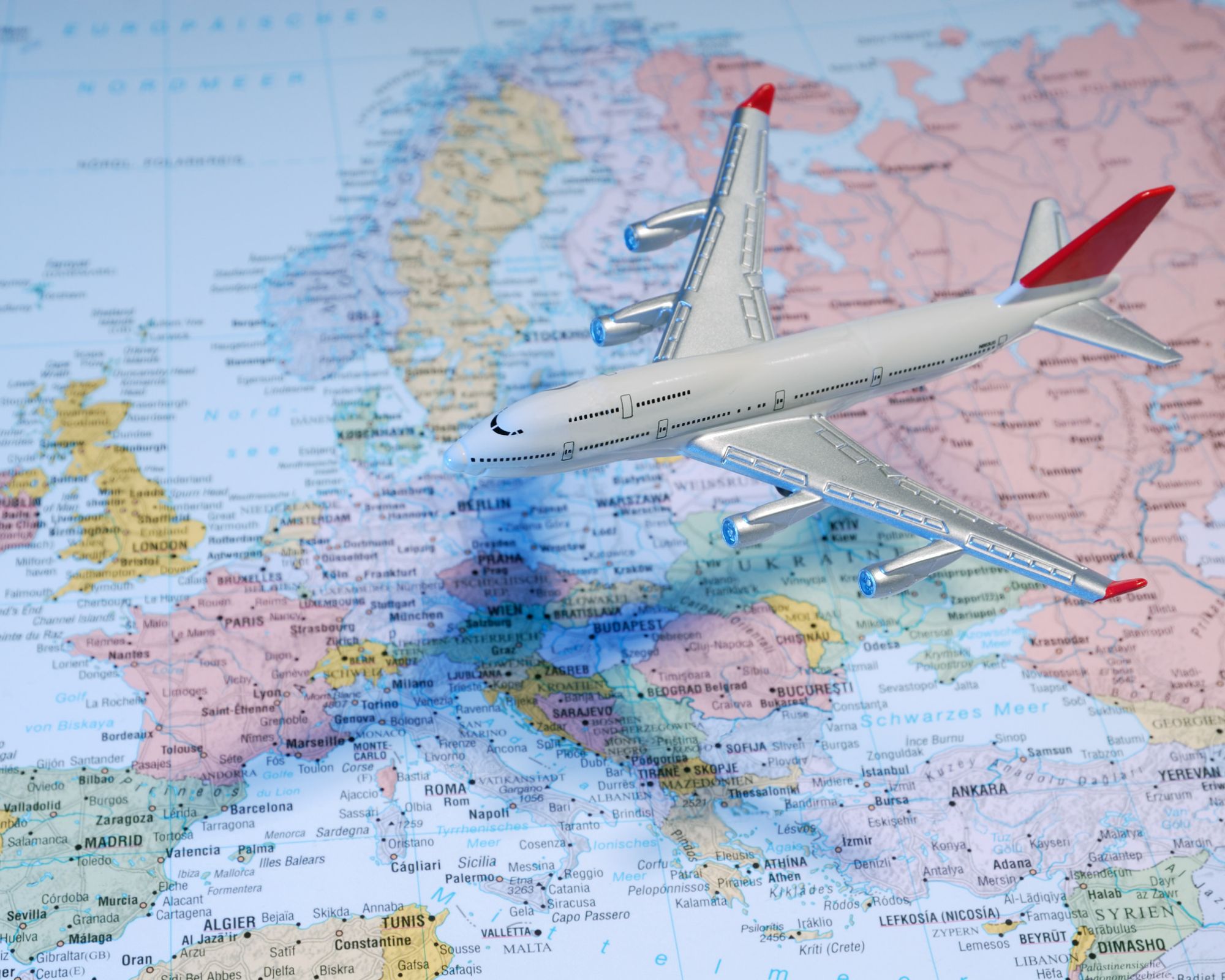In 2020, the industry fell off a cliff as the world went into hiding. Things in 2021 weren’t much better. Then finally last year the wheels started to turn properly again – albeit while still pushing against outdated travel restrictions, quarantine and covid testing.
It is really only this year that the brakes have well and truly been released and the industry has been allowed to return to a full gallop. So with peak summer season coming up, EASA has issued a new Safety Information Bulletin on the emerging new safety risks in Europe.
Here’s a look at some of the main ones…
The Speed of the Recovery
Business is booming, the world is travelling again, and operators are making up for lost time – cash flow has never been more welcome.
But herein lies the problem. The sheer speed at which things have started up again is a threat. The primary issue EASA identifies is that the industry just isn’t keeping up with the pace of change. We’re not managing things as well as we should. And they smell risk – with a delayed fuse…
Shortages of People and Things
There is currently a lack of qualified operational staff across the board. This isn’t just limited to pilots either – cabin crew, engineers and air traffic controllers to name a few are all in hot demand. And for the ones already employed and working, fatigue is becoming a major concern.
For new ones, lack of experience is likely to emerge more often in incident and accident reports. EASA are worried about the lack of time and resources to train them all at the pace the industry is demanding of them. The problem with this is that the safety impact may not be immediately obvious but could emerge later.

Is there a risk that new pilots aren’t receiving enough training in the skills that the industry knows they must have and need?
But it isn’t just people. It is the tools they use – there is a significant shortage of aircraft and the parts needed to fix them. Supply chain problems are leading to cancelled flights and maintenance delays. Carriers are increasingly turning to old and retired aircraft in storage to fill the void as order lists for new ones fill up.
Cyber Attacks
A busy and overloaded system is a vulnerable one, and this leaves aviation at risk from those who want to harm it. There have been several instances of this reported in the past months. EASA are concerned that the busy peak season may put aviation in the firing line for digital criminals who are capable of wreaking havoc on Europe’s skies.
Lack of Capacity
All of those aircraft need room in the sky and the airways system will be pushed to capacity. That means delays and difficulty securing slots, further exacerbating two major safety elephants in the room – commercial pressure, and fatigue.
Disruptive Passengers
It’s not just operational staff who feel the heat. Passengers dealing with delays, strikes or other inconveniences to their travel plans may act up.
In fact, it is a becoming a major problem worldwide. Just weeks ago IATA put out a new report showing that the number of cases of unruly pax had almost doubled year-on-year after the pandemic.

Disruptive passengers are becoming more and more of an issue.
It’s Not Just Europe
EASA may have concerns for Europe, but the lessons in their bulletin apply broadly as the industry accelerates away from the nastiness of the past few years. In our enthusiasm to see better times, we need to be aware of the threats that we may be steadily introducing. And this simple document is a good place to start.
Inside it has important suggestions for what a bunch of stakeholders (including operators!) can do to start mitigating these threats now, to avoid the fallout later.
More on the topic:
- More: Ops to Europe: How to Get a Third Country Operator (TCO) Approval
- More: EASA Removes CZIBs: Middle East Risk Gets Harder to Read
- More: EU Updates Lost Comms and Emergency Descent Rules
- More: Why EASA has Withdrawn Airspace Warnings for Iran and Israel
- More: Russia: Aircraft Shot Down, New EASA Airspace Warning
More reading:
- Latest: Mexico Customs Surprises: Pills, Vapes, and Laptop Rules
- Latest: Greenland NAT Alternates: Dec 2025 Update
- Latest: Crossing the Quiet South: From Australia to Argentina
- Safe Airspace: Risk Database
- Weekly Ops Bulletin: Subscribe
- Membership plans: Why join OPSGROUP?











 Get the famous weekly
Get the famous weekly 





